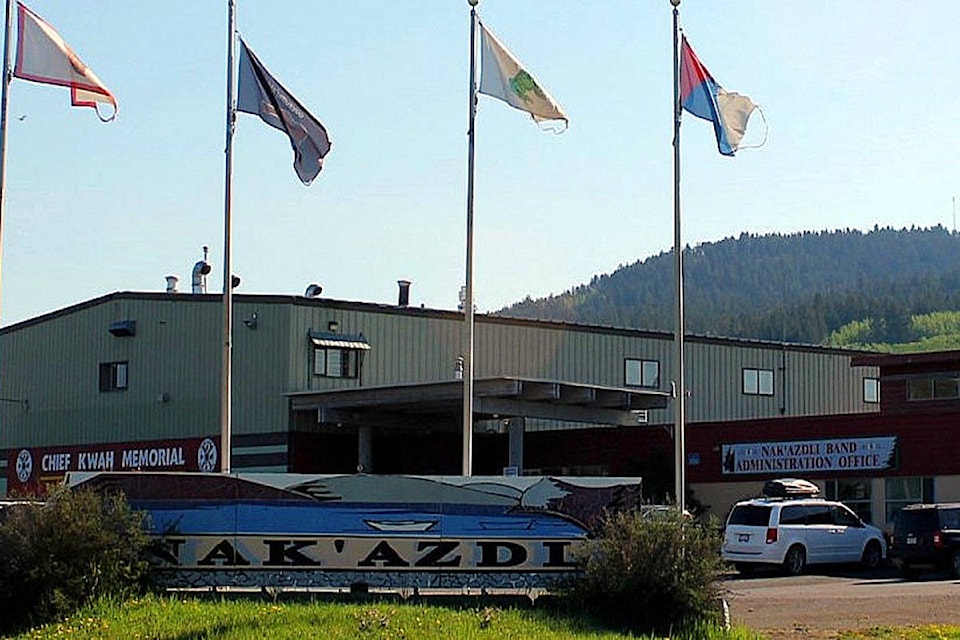Despite the fact that the Nak’azdli First Nation represents about half of the population of the Fort St. James Region, Chief Alexander McKinnon contends that his people are not given the level of respect they deserve.
“The fact is that we hear a lot about the mayor and about other politicians in the news, but we are almost never mentioned. It’s like we’re invisible,” he observed.
“People still don’t want us to be a part of society. They are afraid of it and don’t want to know about us. That’s my sense of things anyway.”
He explained how, in 2014, his First Nation and the town signed a Protocol Agreement with the local government that was supposed to mark the beginning of a period of mutual respect between the Nak’azdii and Fort St. James. It was touted as recognizing “The need to collaborate on matters that impact the other” and that a collaborative relationship with each other must “be founded on the fundamental principles of trust, honesty and mutual respect.”
“We had a big block party and then everyone went their separate ways and nothing happened. There was no change, except now we do have quarterly meetings with Fort St. James Council–but nothing changes in the attitudes,” said McKinnon.
He added that the Nak’azdii First Nation is certainly deserving of the greater community’s respect.
With a population of 2,100 in total, 700 of whom live on the First Nation adjoining Fort St. James, McKinnon’s First Nation is a vital part of the community but has developed quite independently from the actions of the town council.
“We have our own fire department, our own school (elementary) and our own health clinic,” said McKinnon.
“We operate successful businesses, including the Petro-can station, a grocery store, a trucking company, a logging company and more. We have environmental people, hydrologists and we’re training our people for trades and giving them the skills they need for employment. We’re doing the some of the things the town should be doing and doesn’t. At this point, I can tell you that the town needs us a lot more than we need them.”
And while McKinnon acknowledges that there are still social issues that plague the First Nation community, he explained that the Nakazdli Whut’en Council is tackling those issues head on.
“For example, we are working toward creating a healing centre for our people, many of whom are still dealing with the damage caused by residential schools.”
The Nak’azdli First Nation is admittedly ahead of the curve on it’s self governance and, in March of 2018, withdrew as a member of the Carrier Sekani Tribal Council (CSTC), a group that had, until that time, provided political and technical support to eight First Nations who belong to the CSTC association.
“It was a new beginning for our First Nation. Not to say anything bad about the CSTC, but we had outgrown them and are able to represent ourselves. We are evolving so fast that we cant wait for other communities to catch up.”
And that sentiment extends, it seems, to the Nak’azdli’s approach to the town of Fort St. James.
“We are a vital part of the economy of this community and they really need to get used to listening to us,” said McKinnon. ” And we have to have more than a block party. Let sit down and talk about what has to happen after the party is over. That’s what counts.”
NAK’ALBUN ELEMENTARY SCHOOL
